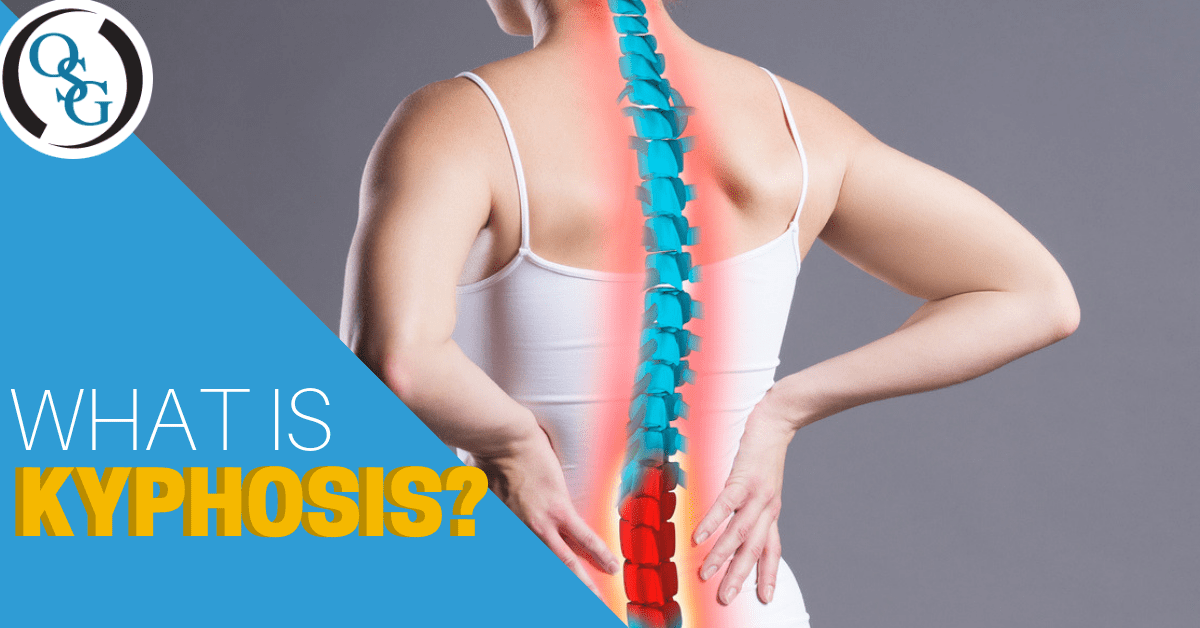
What Is Kyphosis?
A small curve in your back is normal, but if the curve begins to cause extreme discomfort, you may be experiencing kyphosis. Here’s what you need to know.
Symptoms and Causes of Kyphosis
Kyphosis is a relatively common excessive spinal curve that causes lasting issues throughout the body and can affect patients of all ages. Kyphosis occurs when the vertebrae that make up our upper back become misshaped. Abnormal or wedged vertebrae can be a result of:
- Osteoporosis.
- Disk degeneration.
- Cancer and cancer treatments.
- Birth defects.
- Fractures.
- Poor posture.
There are several types of kyphosis, including:
- Postural kyphosis: most common in adolescents; the spine typically develops abnormally around the muscles as a result of poor posture.
- Scheuermann’s kyphosis: common in adolescence, but is typically more severe than postural kyphosis.
- Congenital kyphosis: occurs when the spine does not develop properly in the womb.
Typically, older women, infants, and teens are more prone to develop kyphosis. As we age, our spinal bones weaken, causing them to compress or crack. In contrast, younger individuals may develop kyphosis as a result of a malformation of their spine, or wedging of the spinal bones as they age.
Patients may have kyphosis without even recognizing it; however, some may experience extreme back pain and stiffness, tight hamstrings, as well as a visibly curved spine.
Kyphosis vs. Scoliosis
Though both conditions concern the curvature of a patient’s spine, they are different conditions. Scoliosis is the abnormal curvature of the lateral or coronal plane, while kyphosis is the excessive curvature of the sagittal plane. It is possible to have both conditions.
Treatments for Kyphosis
The most important aspect of treating patients with kyphosis is ensuring that the spine does not curve any further and attempting to restore healthy posture if possible. Depending on the severity of the curve, treatments may vary from nonsurgical options like physical therapy and spinal braces to surgeries such as spinal fusions.
If you notice your spine is noticeably curved, you should speak to your orthopedist as soon as possible so they can perform a physical exam. Our doctors at Orthopaedic Speciality Group are prepared to treat a multitude of spine and back conditions. Contact us today to set up an appointment.
